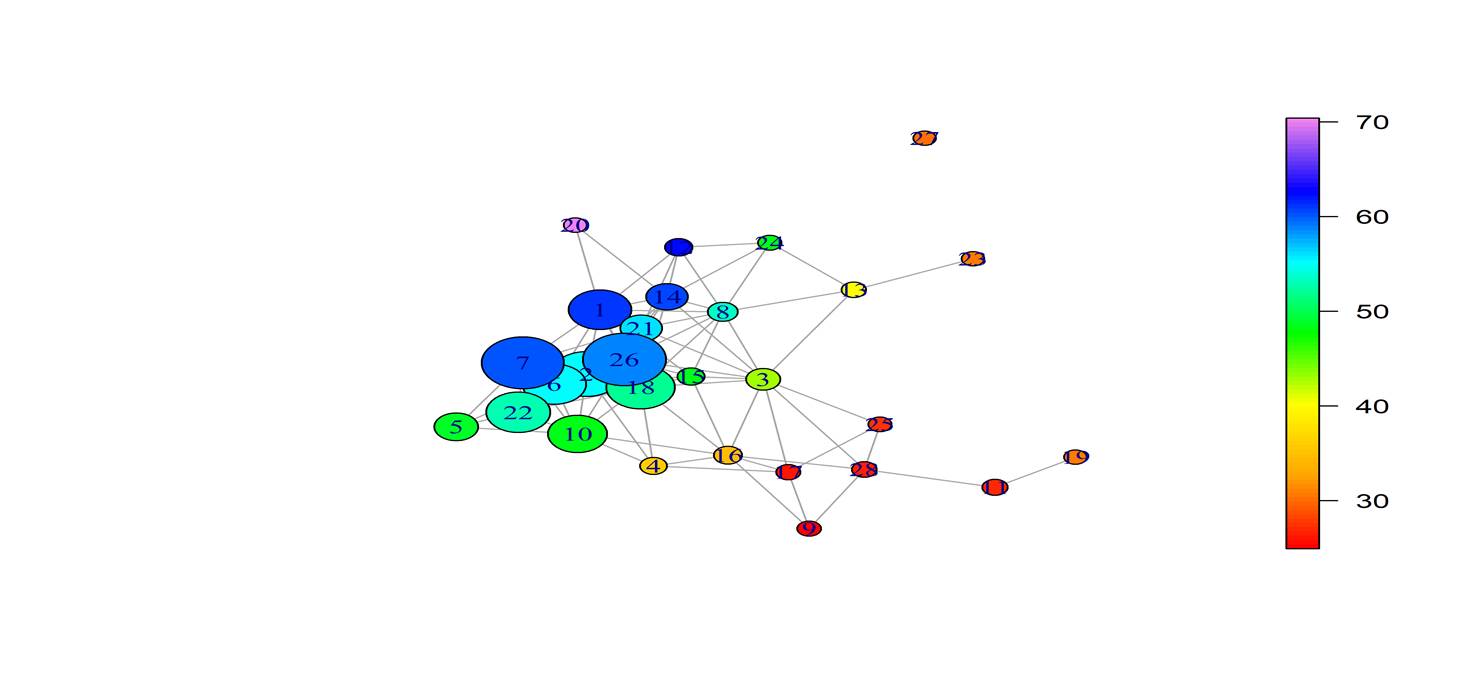These articles are now archived and will no longer be updated.

A new inter-disciplinary study by Swansea University mathematics and economics academics of the 2016 Brexit referendum, has shown that support for the Leave campaign drew from a far more similar demographic than the Remain campaign, which may have had implications in mobilising votes for those campaigning to stay in the EU.
Using a new cutting edge data science approach for visualising and analysing complex datasets, Dr Pawel Dlotko and Dr Simon Rudkin of Swansea University, in collaboration with Wanling Qiu from the University of Liverpool, are casting new light on the result of 2016 Brexit referendum and the reasons why its outcome was not predicted by most of traditionally reliable statistical methods.
Until now, researchers and analysts have typically used traditional statistical methods to draw their empirical conclusions and make predictions. However, the complex relationships in the contemporary British political landscape calls for new methods that allow voting results to be measured and predicted more reliably and accurately captures any emerging inconsistencies.
In response, Dr Dlotko has created Topological Data Analysis (TDA) Ball Mapper – an algorithm that creates graphs in which data patterns can be readily understood and all combinations of variables can be represented while anomalies are clearly identifiable. It uses basic principles from the mathematical discipline of topology.
Dr Rudkin said: “We used the TDA Ball Mapper to explore the result of 2016 Brexit referendum and explained it using a set of demographic features such as household tenure and composition, number of cars per household, social status, educational qualifications, self-reported health and levels of deprivation. The analysis reveals that the characteristics of Leave voting were highly concentrated while the Remain vote was fragmented.”
The research team also analysed the results of the 2017 election using the TDA Ball Mapper. They found that Labour’s greatest success came in the constituencies forming the Remain voting areas and which are constituencies recognised as mainly London constituencies and those with high student populations. However, to win the election they needed support in constituencies which were areas that were in favour of Brexit. In the past these areas were Labour’s heartlands and are likely to be at the centre of the coming election battle.
Meanwhile, for the Conservatives, things were much more clear-cut in the 2017 election. By mapping the results, the researchers found that holding their core supporters and making some gains in Labour areas that voted for Brexit, was sufficient for an election win.
Dr Dlotko said: “This new TDA Ball Mapper is significant step forward as it provides a methodology that can be used anywhere and can help us to understand many complicated datasets wherever there is data to be plotted.”
